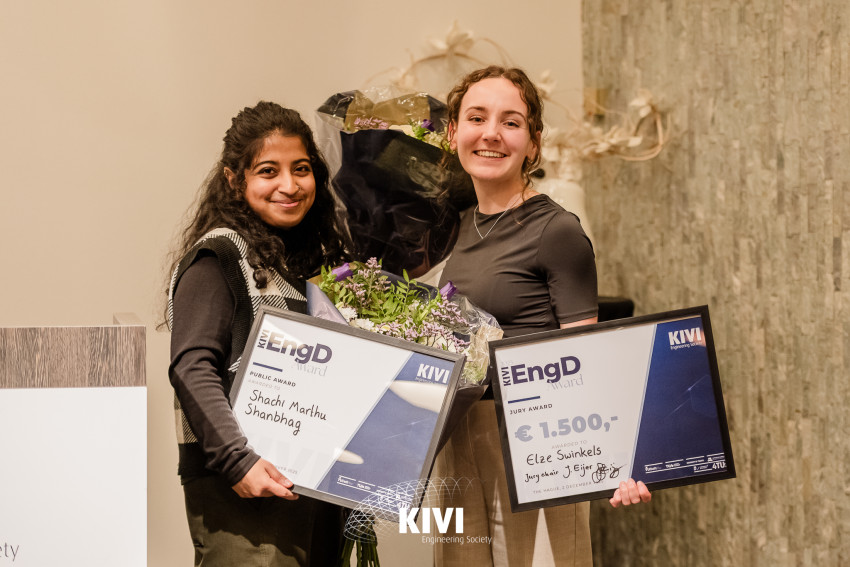
ArcelorMittal says it will build a $100 million facility at a steel mill in Ghent, Belgium, that will produce 15 million gal of ethanol per year from CO. According to ArcelorMittal, roughly half of the carbon used to make steel becomes CO waste. Plants today either flare the gas or combust it for heat.
Skokie, Ill.-based LanzaTech has developed a process to obtain ethanol from this waste gas using microbes that convert CO into the alcohol.
Normally the conversion of CO requires that H2 be available in the synthesis gas. Waste industrial gases often do not contain H2 and therefore cannot be converted using conventional synthetic pathways, such as Fischer-Tropsch.
LanzaTech’s proprietary microbes are able to consume H2-free CO-only gas streams, due to the operation of a highly efficient biological water-gas shift reaction occurring within the microbe. The process is facilitated by the enzyme-catalyzed chemistry of the Wood-Ljungdahl pathway whereby CO2 and CO can be converted catalyzed by carbon monoxide dehydrogenase (CODH). CO and CO2 are ultimately fixed as acetyl-CoA by the CODH/ACS complext through a series of intermediates. The process is a highly efficient conversion of acetyl-CoA to ethanol, as this is actually linked to growth of the organism. These microbes operate close to ambient temperature and atmospheric pressure and are tolerant to high levels of toxicity. LanzaTech has overcome the gas solubility limitations through proprietary bioreactors that increase volumetric mass transfer by creating more interfacial area per volume bubble size. This results in higher product yield and productivity.
Life cycle analysis studies performed in partnership with MTU, E4Tech, and Tsinghua University, China, have shown that the LanzaTech gas fermentation process can produce fuels from steel mill off-gases with Green House Gas emissions that are 50-70% lower than those of fossil fuels.


